
Don’t Repair With – is our section that explains the harm that can be done to tombstones and monuments when they are repaired with common building supply store materials. Again, good intentions are always admirable, but also very destructive and permanent most of the time. We hope that by addressing these notions and theories of hardware store repairs, we can show you the best way to achieve your restoration goals. These basic techniques and materials are quite simple in reality. You just have to follow the instructions and buy the right materials for the job. Because it should always be about what is best for the cemetery. It should never be about what is the easiest thing to do or buy. You will find more about good repair methods and products under BASIC STANDARDS and PRODUCTS USED.
Below is a list of things you shouldn’t use to repair grave markers. This list is much longer than the list of what you should use.
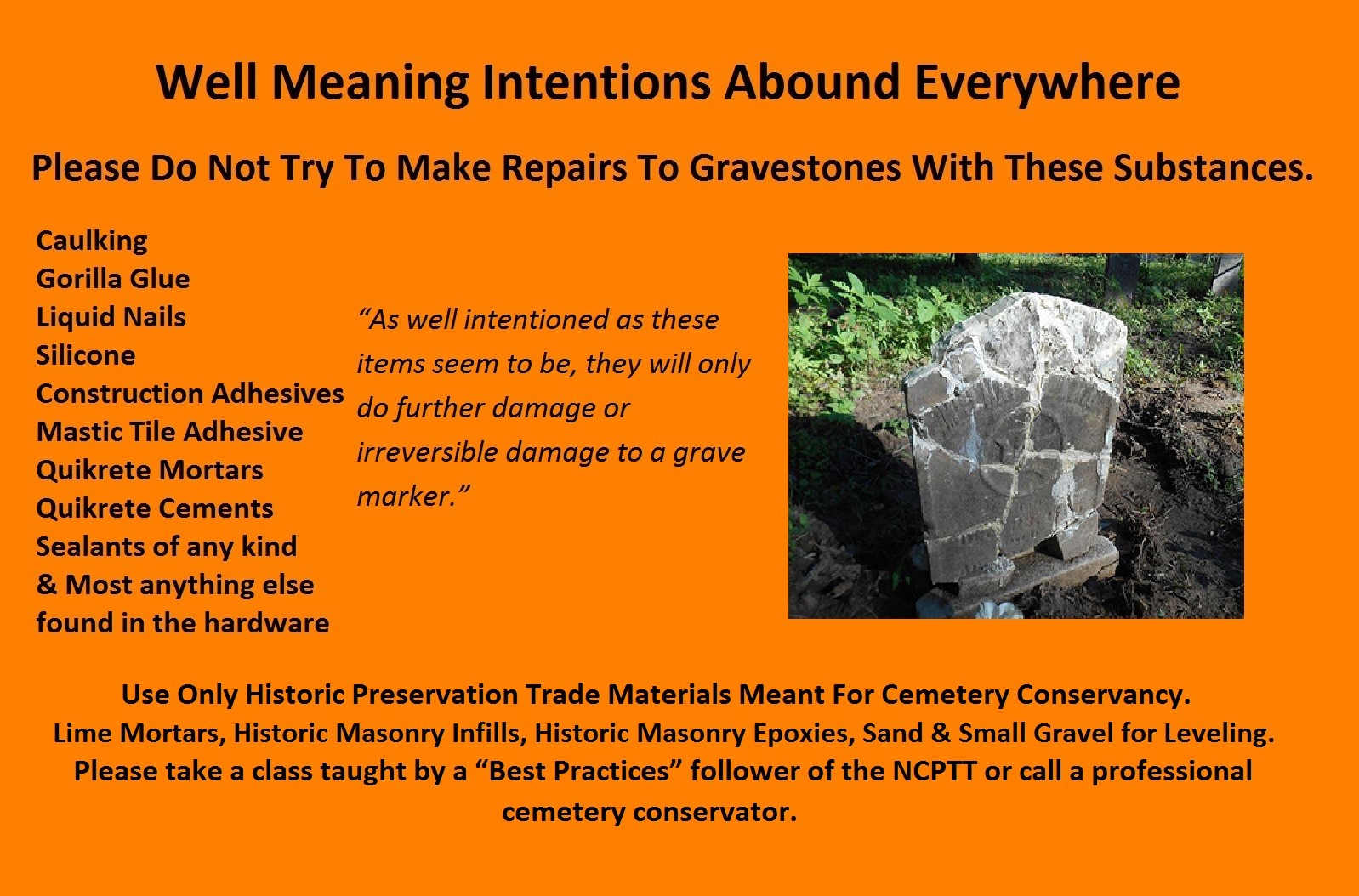
It is better to do nothing at all than to do something harmful. This is very hard for many people to understand, because they let their want to do something, over-ride the need to do it damage free.
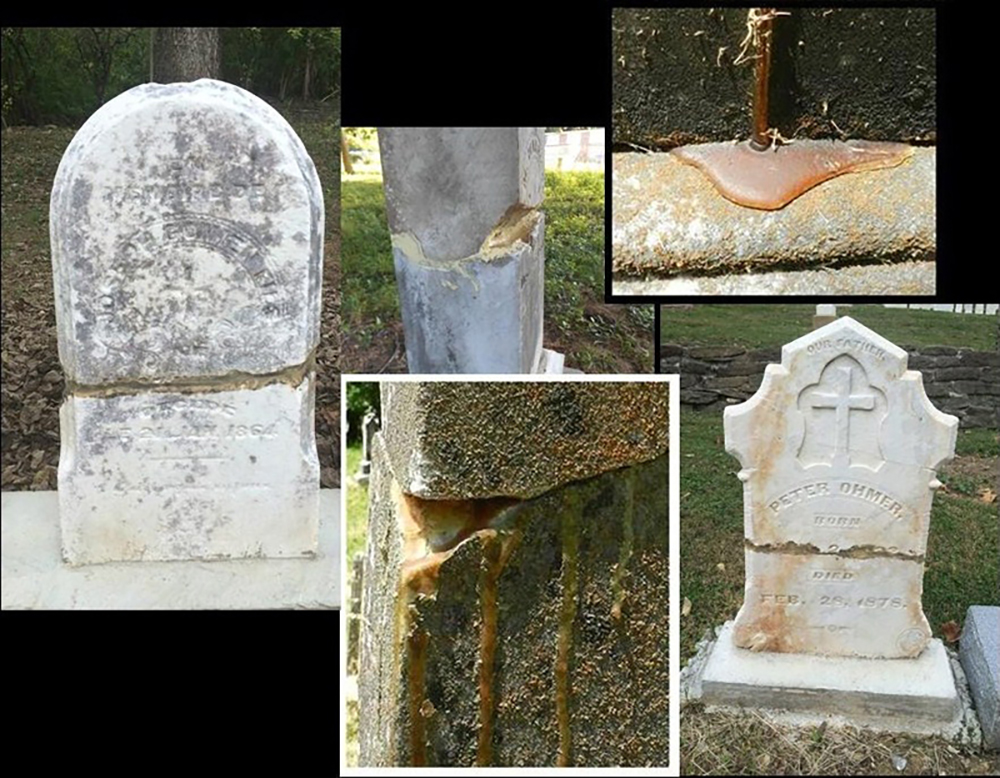
These are goo’s, glues, and caulking types of various sorts. None of these will last more than a couple of years. Please don’t be fooled by some claim made on the package or by some suggestion from the store clerk. As we all know, wild claims abound by manufacturers and those selling products. Your first clue should be the cheap price. Since when has cheap and convenient ever equaled quality in any item?
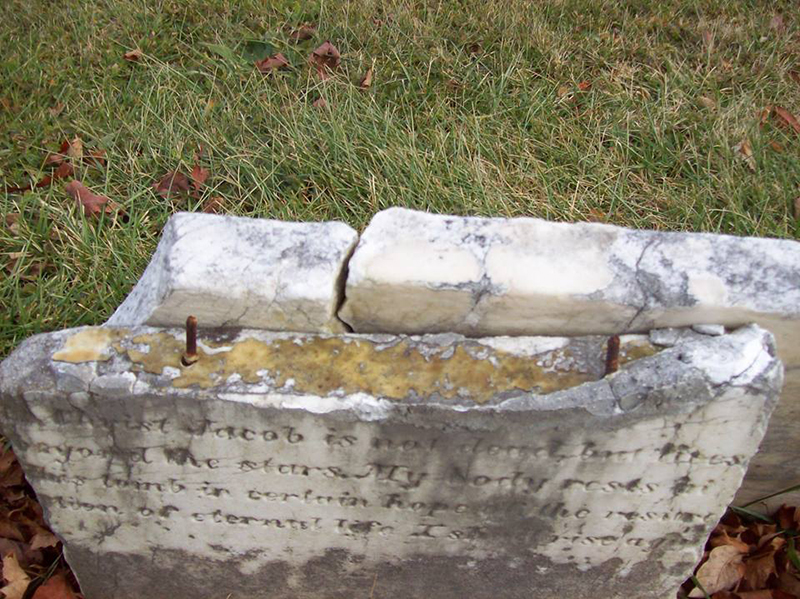
Eventual short-term failure should be a concern for the following reasons. First, the stone presents a safety hazard to anyone who visits the cemetery when it fails. Second, the toppling stone will only result in further damage. Third, removing the failed repair material will damage the stone further or become impossible to remove. Is possibly causing injury and destruction worth using poor repair methods?
Above is a tombstone that failed within 3 years of its repair due to a poor quality adhesive.
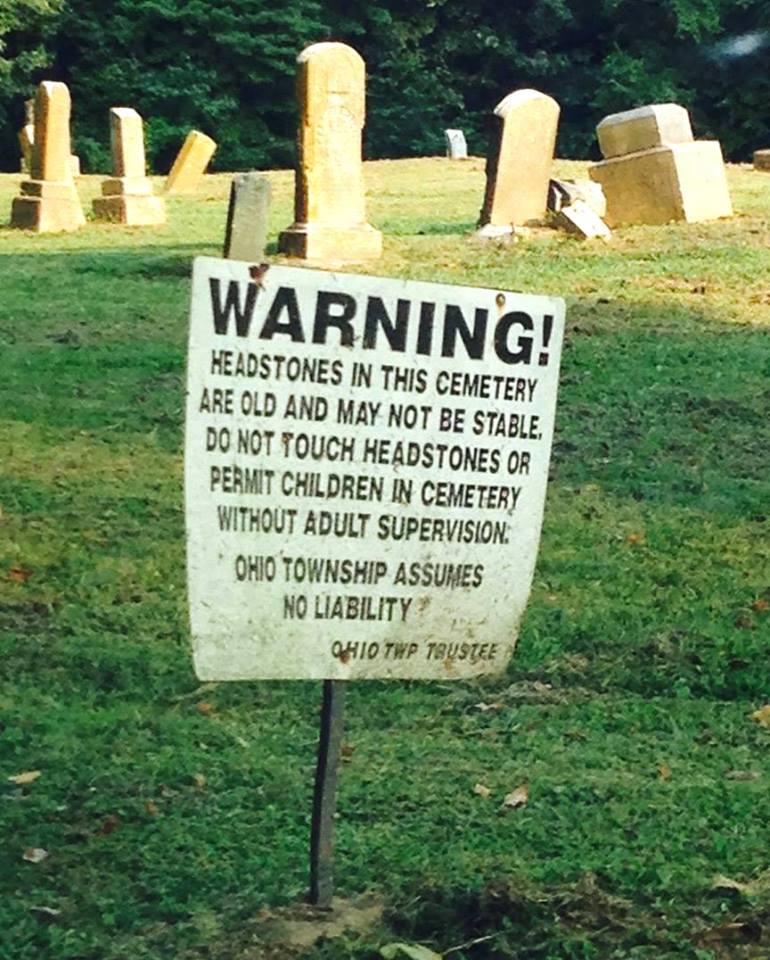
Please don’t add to an already bad situation by doing things that will cause greater safety hazards.
Take your time, they’ve been here over a 100 years and aren’t going anywhere.
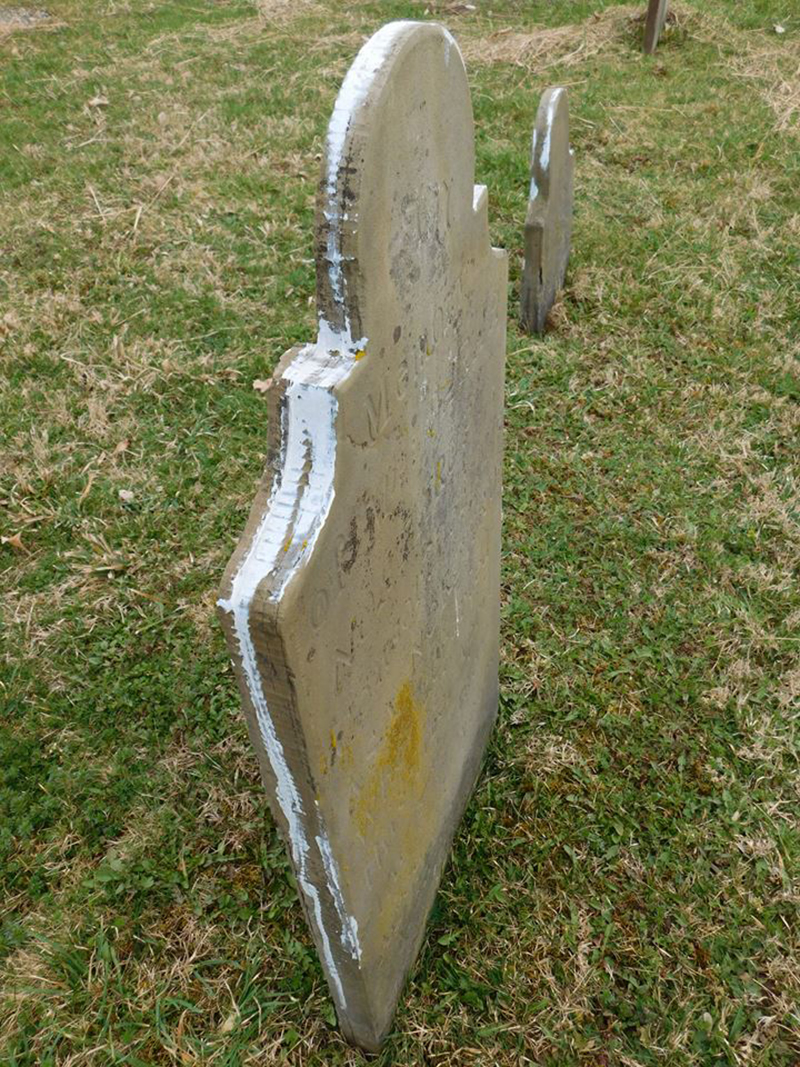
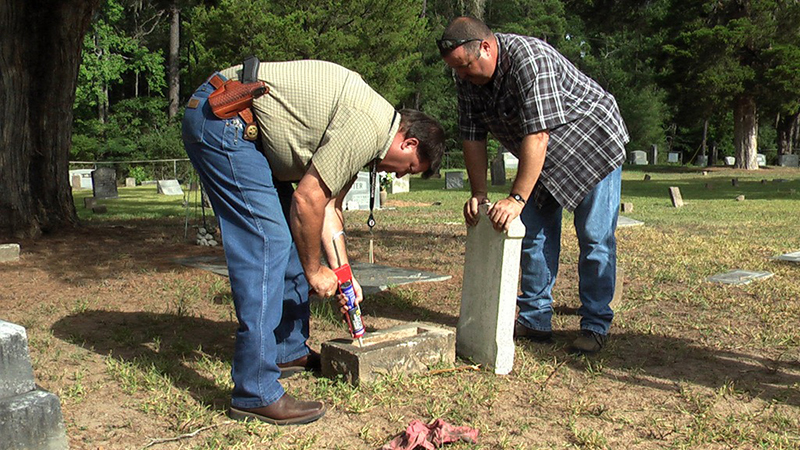
The stone on the left appears to be a sandstone or siltstone with delamination issues that cause vertical fishers in the stone. The caulking will not discontinue this splitting. It will only serve to interrupt how the stone breaths. The stone to the right is a mortise and tenon type with a large slot in the base. Caulking won’t seal the two stones back together like you may believe. It will simply trap water in the slot.
Caulking type products in a tube do more harm than good. If you do get it to stick, it’s not going to last long. But the damaging part about using caulk is the vapor barrier it makes. Caulking is meant as a sealant. Sealants don’t breath. Stones that don’t breath retain water. Stones that retain water will rot and decay in a warm climate, and freeze and break in a cold climate.
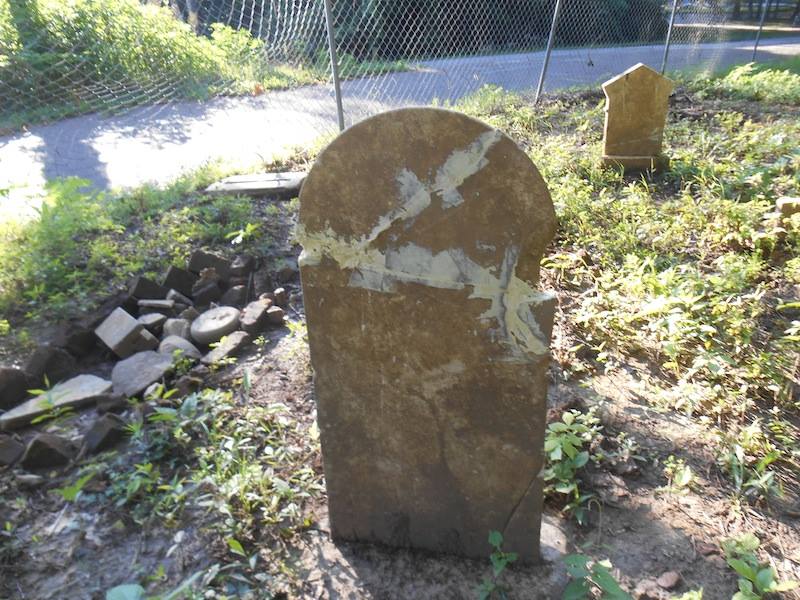

Then you have the mess that makes the inscription no longer legible and a damaging thing to remove. Is this how you really want your repair to look?

Repairs done with concrete and modern mortars are some of the most damaging. We address this in further detail under…Don’t Use Concrete. But because modern concrete and mortars are among the first choices by so many, we will mention them here also. Concrete is a bad permanent solution to an otherwise less harmful method. Here is one such example that combines a harmful material with a poorly thought out repair method.



This tombstone doesn’t have a square angle in any direction or side. It seems to have been quickly hodge-podged together with a combination of modern mortar and some sort of putty product. This ill thought out repair may be permanent for this stone. At the very least it will take a professional with some skill to undo this situation. Examples like this are why we stress taking your time and thinking through your methods.
These stones are engraved pieces of priceless history that no one individual owns. They belong to all of us and to future generations. Please preserve them with no harm dignity, hire a professional, or please leave them alone.
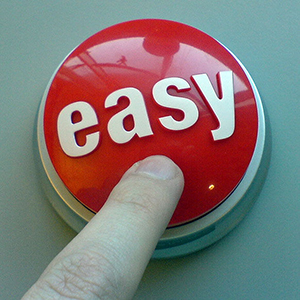
There are no easy buttons that avoid damage and harm.